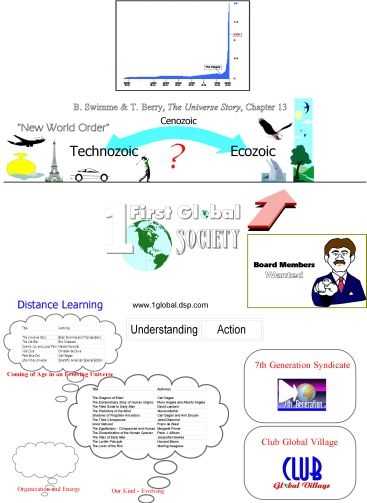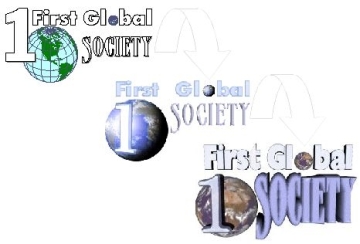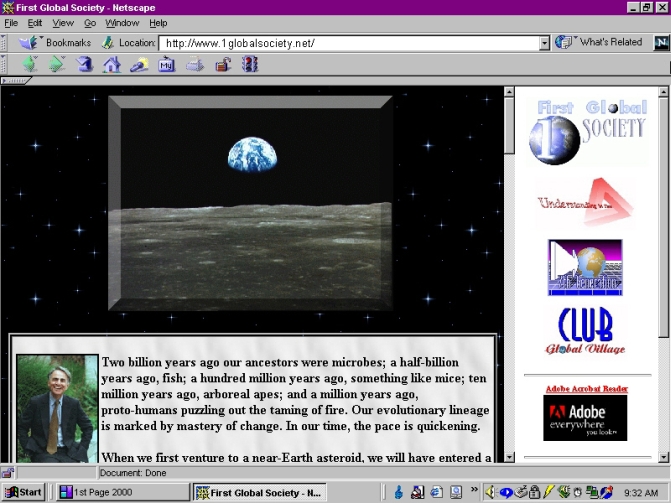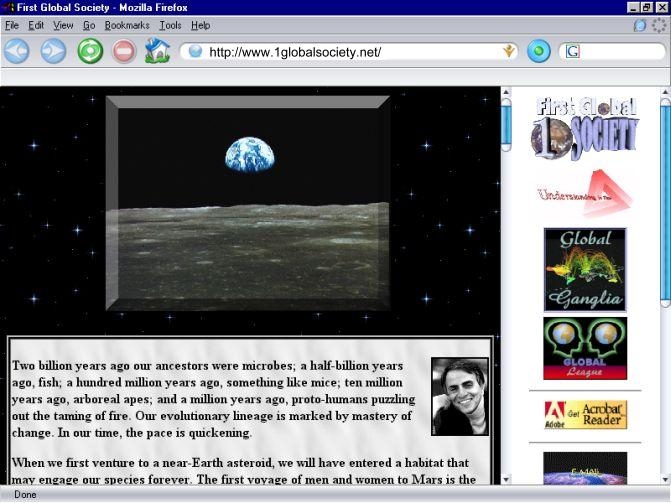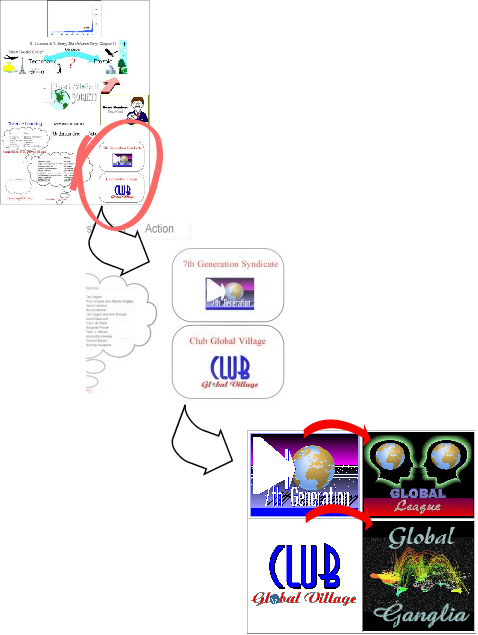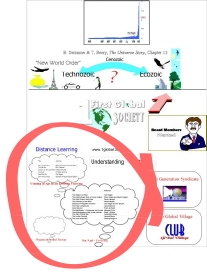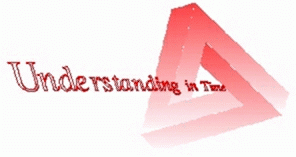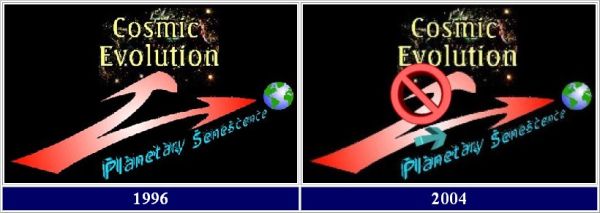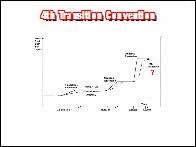|
The
identification and the differentiation of any set of people
or relationships as a social unit must meet two requirements. First,
the definition must be by some
individuals who are interested in relating themselves to some others
such that the behavior of each
will be contingent upon that of the other and that taken together the
total set of relations
manifests some kind of organization. Second, the members of the
collectivity who are thus
identified do, in fact, act in some conformance with the definition.
This second is necessary,
since the only information an observer--including the members of the
collectivity--may have about
the organization must derive from the behavior of the members. The
first is necessary so that
everyone will know how they should act. The members must have mental
models--descriptions--of what
the society is all about or else they will be unable to act in
accordance with their own
definition. Thus individual cognition is an essential component of
societal definition as a dynamic
factor in both forming and reinforcing the energetic behavior that
constitutes social
activity. The
interaction of these two requirements produces
self-organization. Definitions are made and then their makers try to
work in accord with them.
Self-fulfilling prophecies thus serve to produce behavior that does, in
fact, conform to some
degree with the definitions. Societal definitions at some point,
usually at the outer limits,
inevitably set some kind of exclusivity. Individuals are defined as
being included in or excluded
from some defined set. Fundamentally
involved here is the process usually known as
"identity," the psychological combination of some cognitive markers
about things in the
external world associated with emotions of favor and disfavor,
preference and rejection. The
individual's identification with others who manifest certain features
provides the psychosocial
basis for the operation of any "society." It is the necessary
prerequisite, or minimal
concomitant, by which individuals divide the world into the wes and
theys, the I and other. No
human association exists without it, and it may become complex even in
simple
societies. In
the contemporary world, identity is clearly recognizable in
the nation-state, but it is equally important in the remnant bands of
collecting and horticultural
peoples who do not recognize any more inclusive grouping. It is also
found in ethnic or religious
groups that claim precedence and autonomy over nation-states. The
mental models, the concepts of
membership, will in most cases vary with the actual collectivity of
human beings who seem to occupy
the space. As we will note shortly, the definition of identity given by
a regulatory sector of a
hierarchical system may differ profoundly from that of the people who
compose the various subgroups
that are included in it. The imposition of the so-called nation-state
on the former colonial areas
of Asia and Africa, and indeed on Europe, has almost everywhere failed
to represent the identities
present in the populations. Processes of self-organization are caught
up in these diverse and often
conflicting definitions of just what it is that should be reproducing.
The Basque want
reproduction, whereas the Spanish state sees it in terms of Spain.
People will try to reproduce
themselves and their social order in terms of what they perceive to be
their
identity. The
process of social formation thus always returns to the individual since
each person must to some degree have his or her own self-definition.
Given self-definition, individuals then further define themselves as
members of collectivities in accord with their self-definition. If a
society is composed only of people born of a given set of kin
groups, then the individual must define himself as having been so born
in order to be a member.
Groups so defined can then be expanded to include nonhuman energy forms
so that certain symbols
become emotionally included. A household may include the pet dog as a
beloved member; the lineage
may treat an ancestor as being actively present; a public-spirited
individual may declare himself a
"citizen of the world," a "brother to all people"; or a totemic group
may
include the totemic animal, perhaps a badger. Identification is the
product of mental models, but
only of mental models that interplay with society.
|
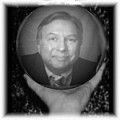

 While falling asleep
one evening
during the summer of 1995 (shortly after relocating to San Francisco),
I thought of an intriguing phrase - "Gaian
Buddhism." The phrase so thoroughly
captivated my imagination that I
went to
the San Francisco Public Library the following day to research whether
"Gaian Buddhism" had
previously
been used by someone else. To my surprise, I found
that it was used as a chapter title in the book, Dharma Gaia.
While falling asleep
one evening
during the summer of 1995 (shortly after relocating to San Francisco),
I thought of an intriguing phrase - "Gaian
Buddhism." The phrase so thoroughly
captivated my imagination that I
went to
the San Francisco Public Library the following day to research whether
"Gaian Buddhism" had
previously
been used by someone else. To my surprise, I found
that it was used as a chapter title in the book, Dharma Gaia.

